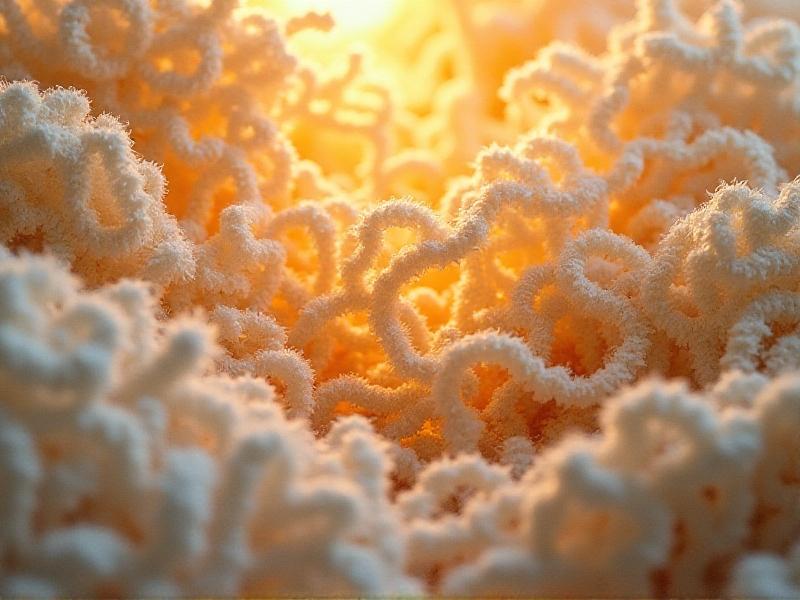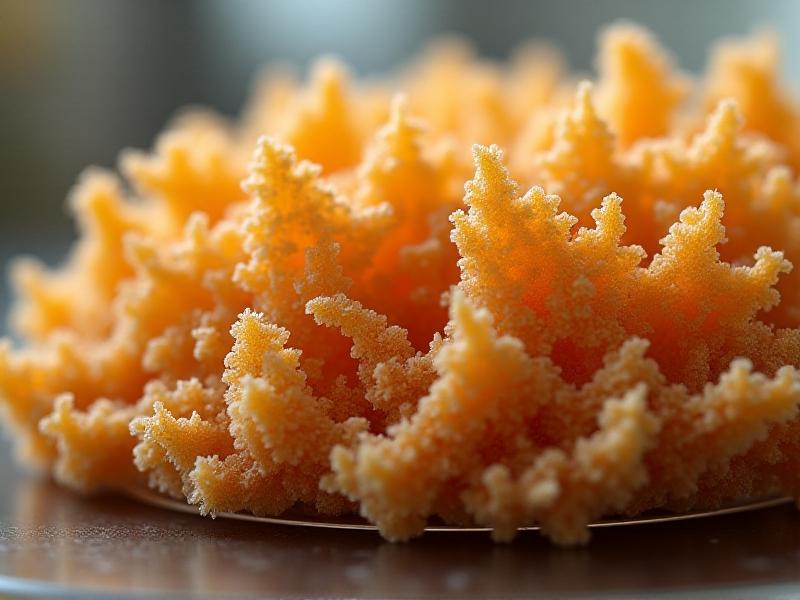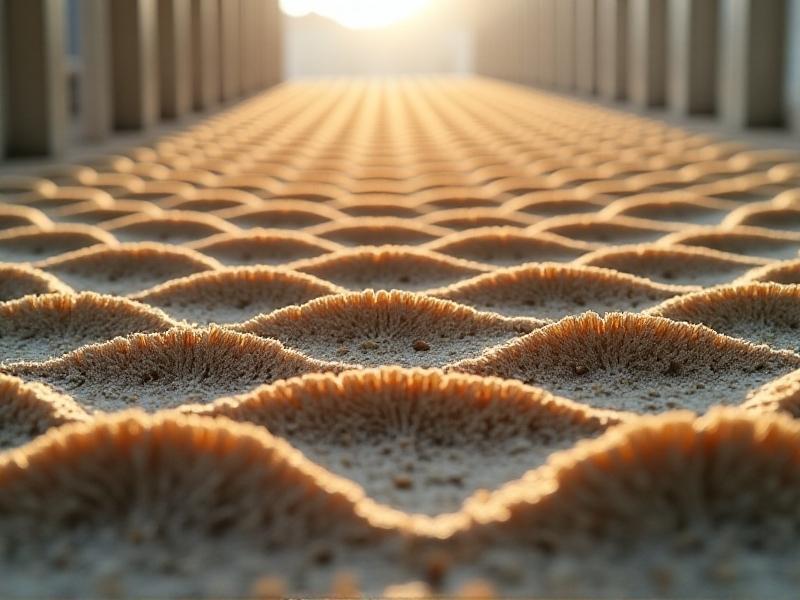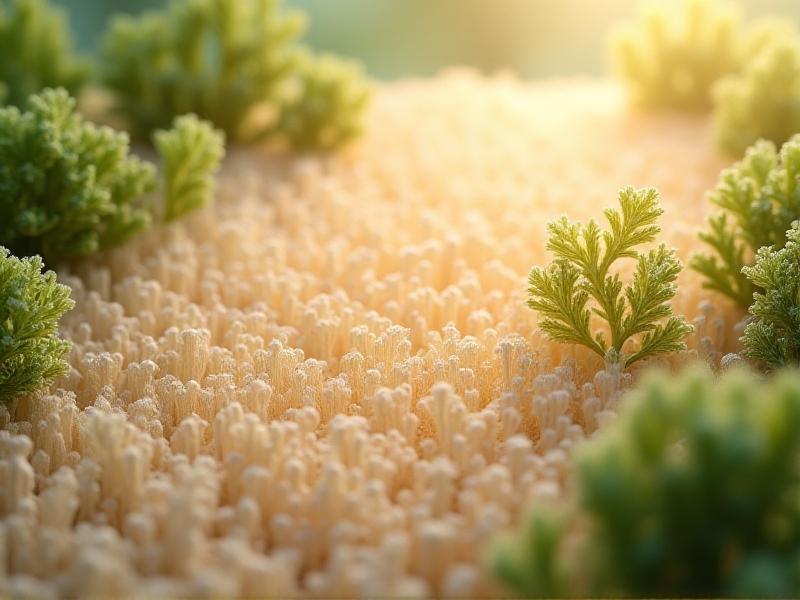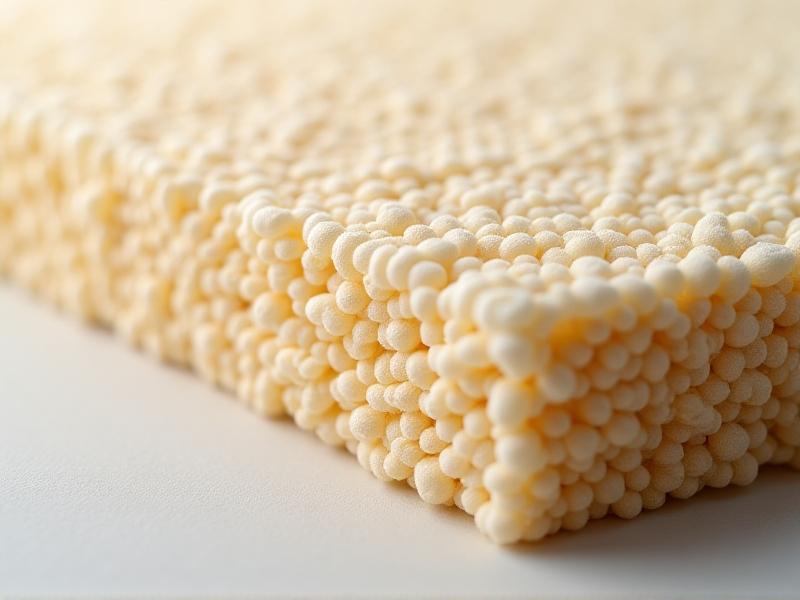Biohabitat Design: Integrating Fungal Insulation with Living Walls
The Intersection of Biohabitat Design and Fungal Insulation
Biohabitat design is an emerging field that seeks to harmonize human habitats with natural ecosystems. One of the most innovative approaches in this domain is the integration of fungal insulation with living walls. Fungi, particularly mycelium, have unique properties that make them ideal for sustainable insulation. Mycelium is the root structure of fungi, and it grows rapidly, binding organic waste into a dense, durable material. When used in insulation, it offers excellent thermal regulation, fire resistance, and soundproofing qualities.
Living walls, on the other hand, are vertical gardens that incorporate plants into building structures. They improve air quality, reduce urban heat islands, and enhance biodiversity. Combining fungal insulation with living walls creates a symbiotic relationship where the insulation supports the wall’s structural integrity while the plants contribute to a healthier indoor environment. This integration represents a significant step forward in sustainable architecture, offering a solution that is both eco-friendly and aesthetically pleasing.
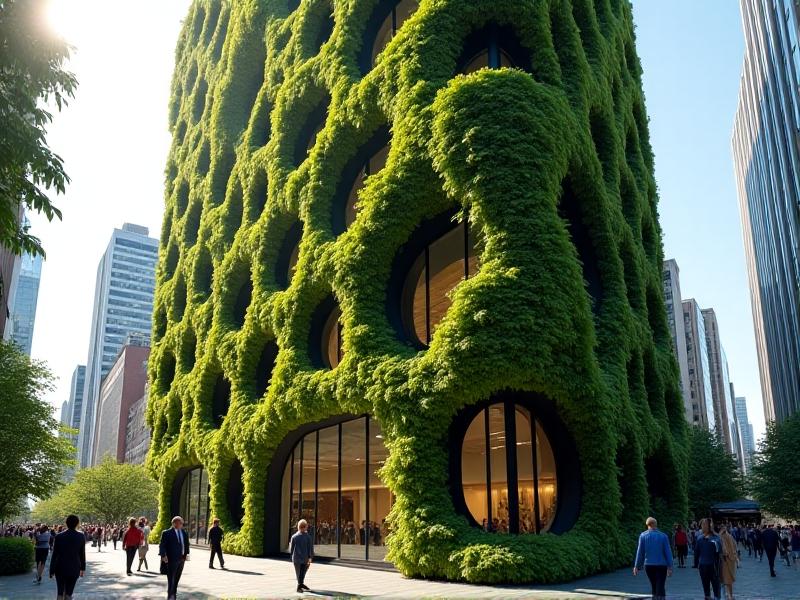
The Science Behind Mycelium as Insulation
Mycelium, the vegetative part of fungi, is composed of a network of thread-like structures called hyphae. These hyphae grow by digesting organic matter, such as agricultural waste, and binding it into a dense, fibrous material. This process is not only sustainable but also highly efficient, as it requires minimal energy and resources. Once harvested, mycelium can be dried and treated to create insulation panels that are lightweight, biodegradable, and non-toxic.
From a scientific perspective, mycelium insulation offers several advantages. It has a low thermal conductivity, meaning it effectively traps heat and keeps indoor spaces warm in winter and cool in summer. Additionally, mycelium is naturally fire-resistant, making it a safer alternative to traditional insulation materials like fiberglass or foam. Its porous structure also provides excellent soundproofing, reducing noise pollution in urban environments. As research continues, mycelium is proving to be a versatile material with the potential to revolutionize the construction industry.
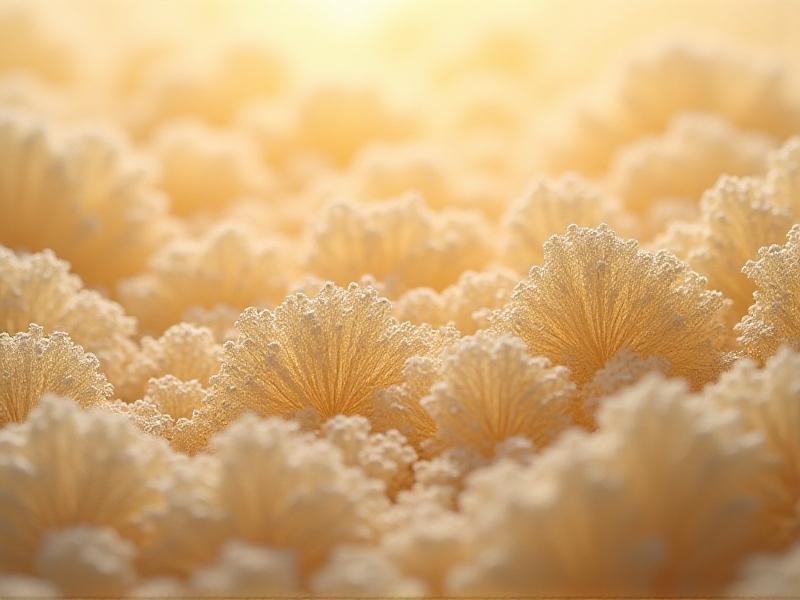
Living Walls: A Green Solution for Urban Spaces
Living walls, also known as vertical gardens, are becoming increasingly popular in urban design. These structures consist of plants grown on vertical surfaces, often integrated into the exterior or interior of buildings. They provide numerous environmental benefits, including improved air quality, reduced energy consumption, and enhanced biodiversity. By absorbing carbon dioxide and releasing oxygen, living walls help mitigate the effects of urban pollution.
From a design perspective, living walls offer endless possibilities. They can be customized to include a variety of plant species, creating unique patterns and textures. Some designs incorporate irrigation systems that recycle water, making them highly sustainable. Living walls also have psychological benefits, as exposure to greenery has been shown to reduce stress and improve mental well-being. In the context of biohabitat design, living walls serve as a tangible connection between humans and nature, fostering a sense of harmony and balance.
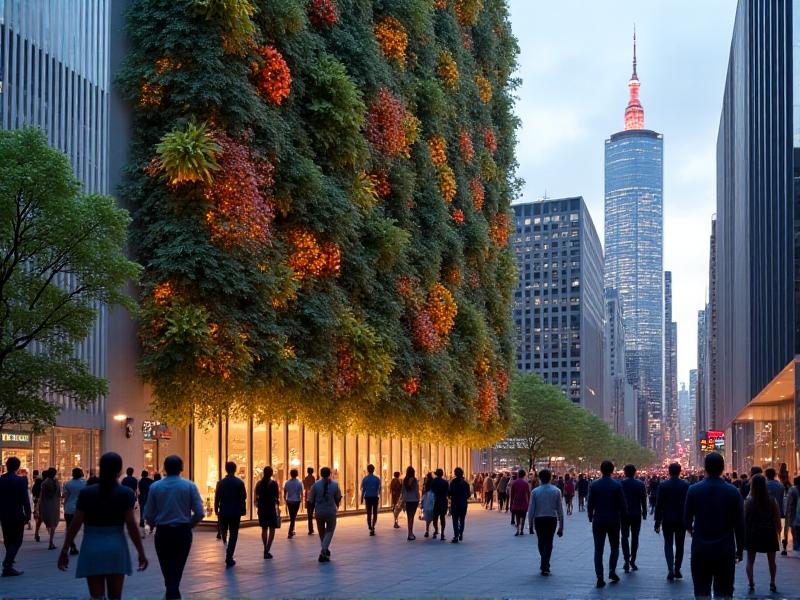
Synergy Between Fungal Insulation and Living Walls
The integration of fungal insulation with living walls creates a synergistic relationship that enhances the benefits of both systems. Mycelium insulation provides a stable, moisture-resistant base for the living wall, ensuring the plants have a healthy environment to thrive. The insulation’s porous structure also allows for efficient water drainage, preventing root rot and promoting plant growth.
From an architectural standpoint, this combination offers a holistic approach to sustainability. The insulation reduces the building’s energy consumption, while the living wall improves air quality and aesthetic appeal. Together, they create a biohabitat that is both functional and beautiful. This synergy is particularly valuable in urban areas, where space is limited, and environmental challenges are more pronounced. By merging these two technologies, architects and designers can create spaces that are not only sustainable but also enriching for the people who inhabit them.
Challenges and Future Directions
Despite its potential, the integration of fungal insulation with living walls is not without challenges. One of the primary concerns is the durability of mycelium insulation in different climates. While it performs well in controlled environments, further research is needed to ensure its long-term stability in extreme weather conditions. Additionally, the cost of producing mycelium insulation is currently higher than traditional materials, though economies of scale could reduce this over time.
Another challenge is the maintenance of living walls, which require regular care to ensure the plants remain healthy. Automated irrigation and monitoring systems can help address this issue, but they add to the overall cost. Despite these hurdles, the future of biohabitat design looks promising. Advances in biotechnology and materials science are likely to overcome these challenges, making fungal insulation and living walls more accessible and affordable. As awareness of environmental issues grows, the demand for sustainable solutions will continue to drive innovation in this field.
Case Studies: Successful Applications of Biohabitat Design
Several projects around the world have successfully integrated fungal insulation with living walls, demonstrating the potential of this approach. One notable example is the BioHome in Portland, Oregon, which features mycelium insulation and a vertical garden that spans the entire exterior of the building. The project has received widespread acclaim for its innovative design and sustainability credentials.
Another example is the Green Office in Amsterdam, which incorporates living walls and mycelium insulation to create a healthy and productive workspace. The building’s design has been shown to reduce energy consumption by 30% and improve employee well-being. These case studies highlight the practical benefits of biohabitat design and serve as inspiration for future projects. By learning from these examples, architects and designers can refine their approaches and push the boundaries of sustainable architecture.
Ethical and Environmental Considerations
As with any emerging technology, the integration of fungal insulation with living walls raises important ethical and environmental questions. One concern is the sourcing of mycelium, which requires organic waste as a substrate. Ensuring that this waste is sustainably harvested and does not compete with food production is crucial. Additionally, the production process must be carefully managed to minimize environmental impact.
Another consideration is the potential displacement of traditional insulation materials, which could have economic implications for industries reliant on these products. However, the shift toward sustainable alternatives is essential for addressing the global climate crisis. By prioritizing ethical practices and environmental stewardship, the biohabitat design community can ensure that this innovative approach benefits both people and the planet.
Conclusion: A Vision for the Future
The integration of fungal insulation with living walls represents a bold step forward in biohabitat design. By combining these two technologies, architects and designers can create spaces that are not only sustainable but also enriching for the people who inhabit them. This approach offers a holistic solution to some of the most pressing environmental challenges of our time, from climate change to urban pollution.
As research and innovation continue, the potential for biohabitat design will only grow. By embracing this vision, we can build a future where human habitats coexist harmoniously with the natural world. The journey toward sustainable architecture is just beginning, and the possibilities are endless. Together, we can create a world that is healthier, more resilient, and more beautiful for generations to come.
